Further to my last post on colour morph, sub-species or hybrid there are certain questions for field birders that are very difficult if not impossible to answer when dealing with sub-species. I encountered one of these problems whilst birding at Sabkhat Al Fasl (Jubail), Eastern Province of Saudi Arabia earlier in the year (March). Here I found a group of Yellow Wagtails of various sub-species (Sykes’s Wagtail, Black-headed Wagtail & Supercilliosis) with one particularly interesting bird amongst them. It superficially looked like a Sykes’s Wagtail Motacilla flava beema, but had a white throat instead of the normal yellow colour associated with this subspecies. As a result it closely resembled Iberian Yellow Wagtail Motacilla flava iberiae a sub-species that has never been recorded in Saudi Arabia before, although there are two records from Israel (Shirahai – Birds of Israel). This bird was so close to Iberian Yellow Wagtail that if found in Southern Spain or elsewhere in the range of the subspecies in question it would undoubtedly have been identified as one. Many birders who I showed the photo too were quite happy with its identification as iberiae. The problem that concerned me was this bird was well out of range as they breed in South-west France, Iberia, north-west Africa from Tunisia to Banc d’Arguin (Mauritania) and winter in west and north-central Africa from Gambia to Central African Republic.
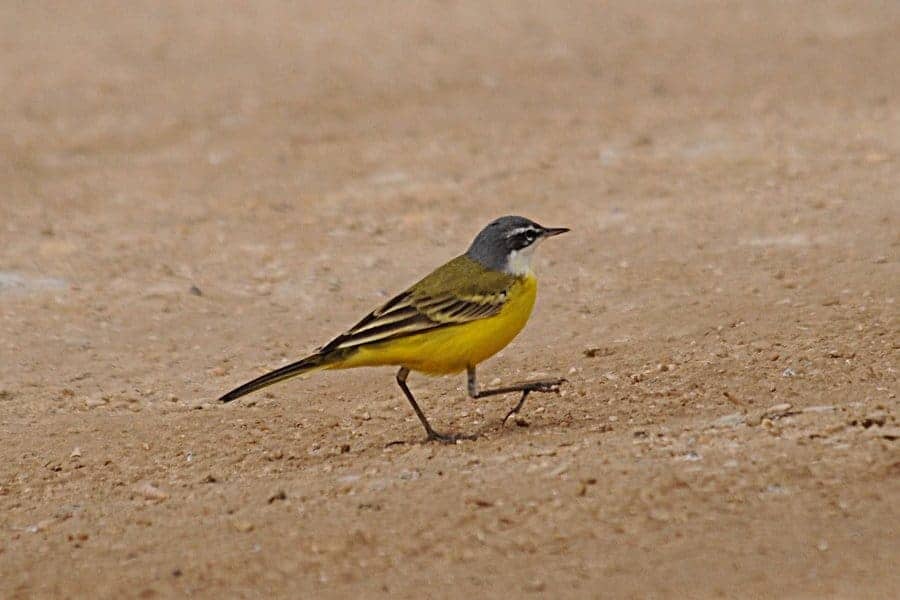
Although the bird looks like an Iberian Yellow Wagtail see the link here to see it compared directly with an Iberian Yellow Wagtail taken by Stephen Daly in Andalucia Spain in the same month. I cannot post these photograph here I am afraid as they were not taken by me and I do not have permission. The situation regarding the sub-species of Yellow Wagtail is far from straightforward as was pointed out in Birding World (Vol) 20: 104-112 March 2007, where Philippe Dubois mentions multiple hybridization occurs on the French side of the English Channel between Blue-headed Wagtail Motacilla flava flava and Yellow Wagtail Motacilla flava flavissima which he calls ‘Channel Wagtail’; nominate x Spanish Wagtail Motacilla flava iberiae which he calls ‘Middlewest’ Wagtail; Spanish Wagtail x Italian Wagtail Motacilla flava cinereocapilla which he calls ‘Mediterranean’ Wagtail; and Italian Wagtail x nominate Motacilla flava flava which he calls ‘Eastern Wagtail’.

The problem is that Yellow Wagtails are very variable birds, with many sub-species many of which interbreed and produce hybrids. See the photo of Sykes’s Wagtail Motacilla flava bema & Black-Headed Wagtail Motacilla flava feldegg that hybridise and produce Supercilliosis Motacilla flava feldegg x bema hybrids as the example photograph below shows.
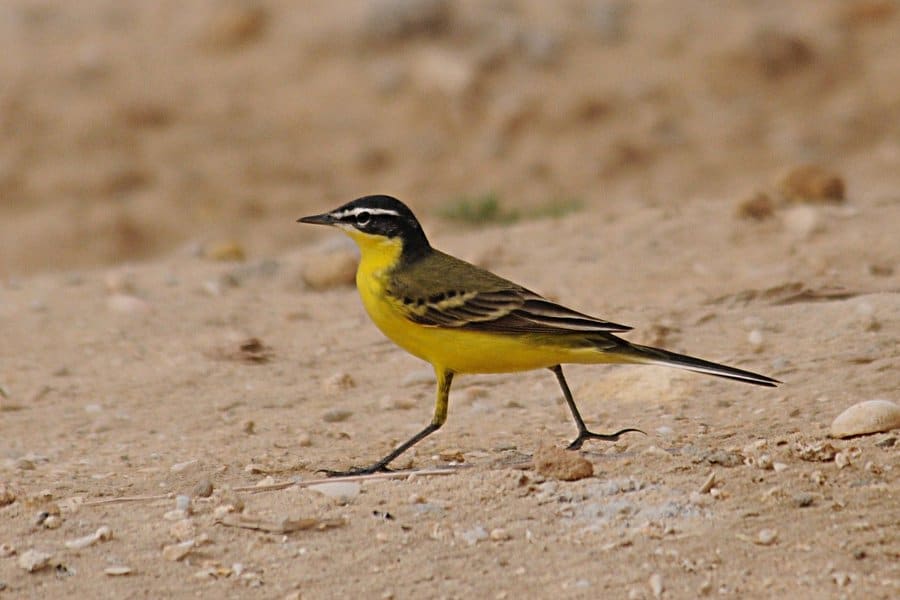
As a result an extralimital record, such as mine, is hard if not impossible to be certain about the true identification. It has been suggested by very experienced birders who are very familiar with the Yellow Wagtail complex that some eastern subspecies of Yellow Wagtail when they intergrade or hybridise produce birds which may be almost identical to iberiae. It is thought that the iberiae records from the Middle East and the far-East are probably from this origin rather than true iberiea. These hybrids that may produce birds similar to iberiae are probably flava x feldegg and beema x feldegg all of which were associated in the same flock as this iberiea type bird. This information makes attempting an identification of an out of place single bird fraught with danger and it is probably best to just say ‘showing characteristics of’ rather than putting a definitive name to birds far out of range such as my bird. The variability of hybrid Yellow Wagtails appears to be extremely complex to say the least.
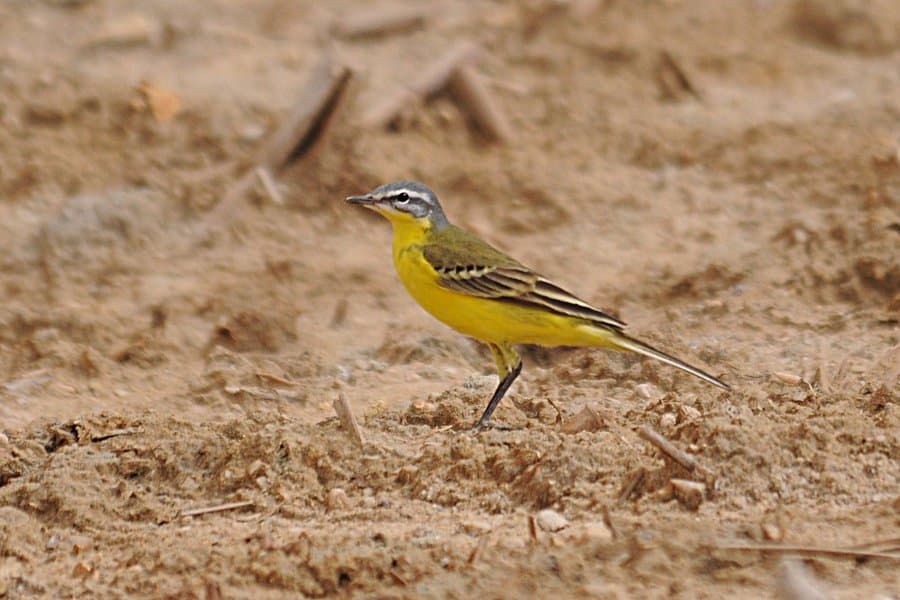
www.birdsofsaudiarabia.com
Jem Babbington
Jem Babbington is a keen birder and amateur photographer located in Dhahran, Eastern Saudi Arabia where he goes birding every day. Jem was born in England and is a serious local patch and local area birder who has been birding for almost forty years and has birded in more than fifty countries. Jem is learning to ring birds in Bahrain as a perfect way to learn more about the birds of the area. Saudi Arabia is a very much under-watched and under-recorded country.


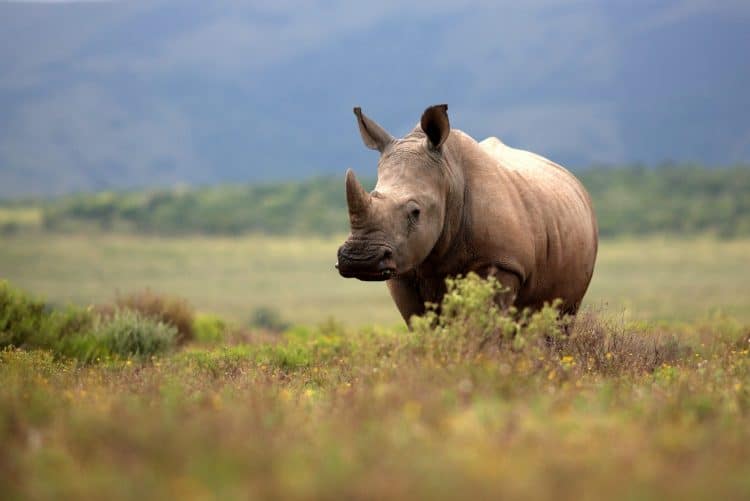
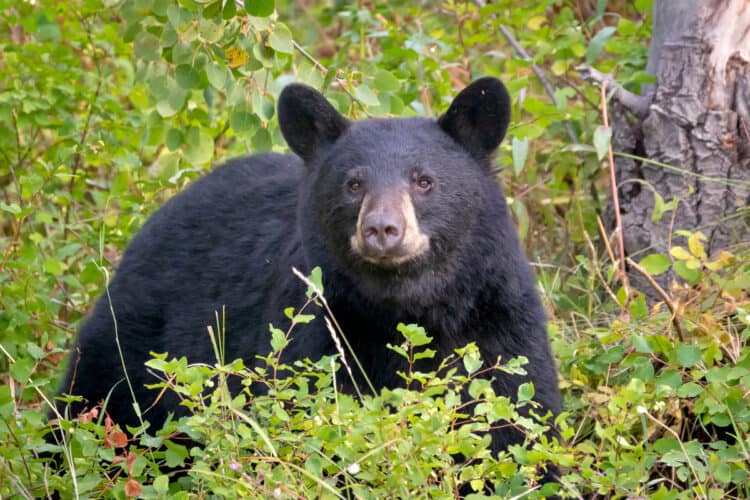


Leave a Reply